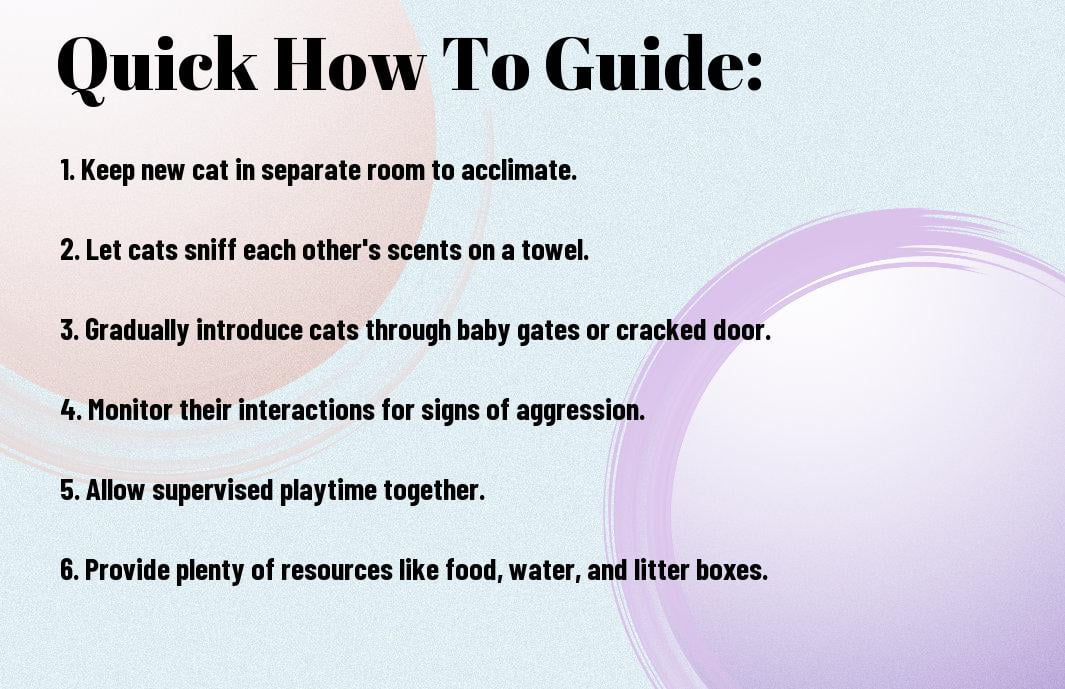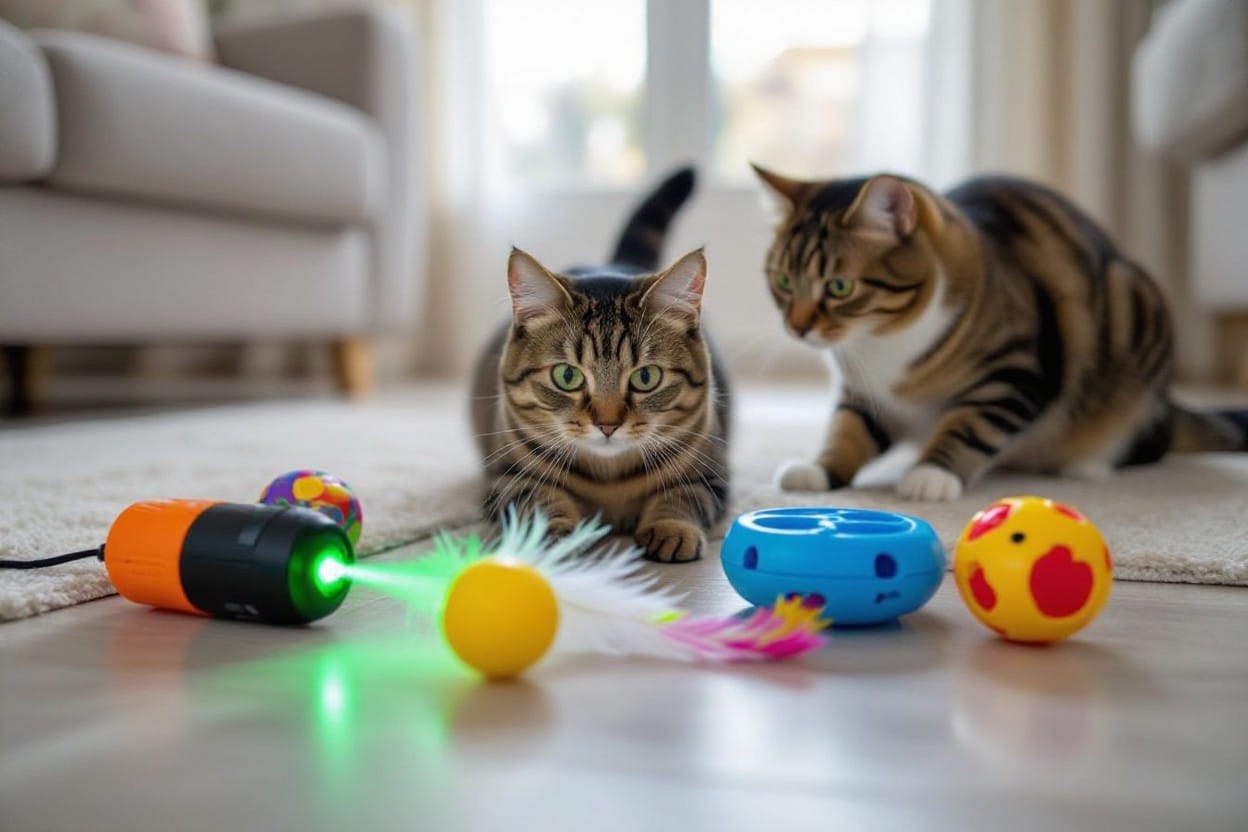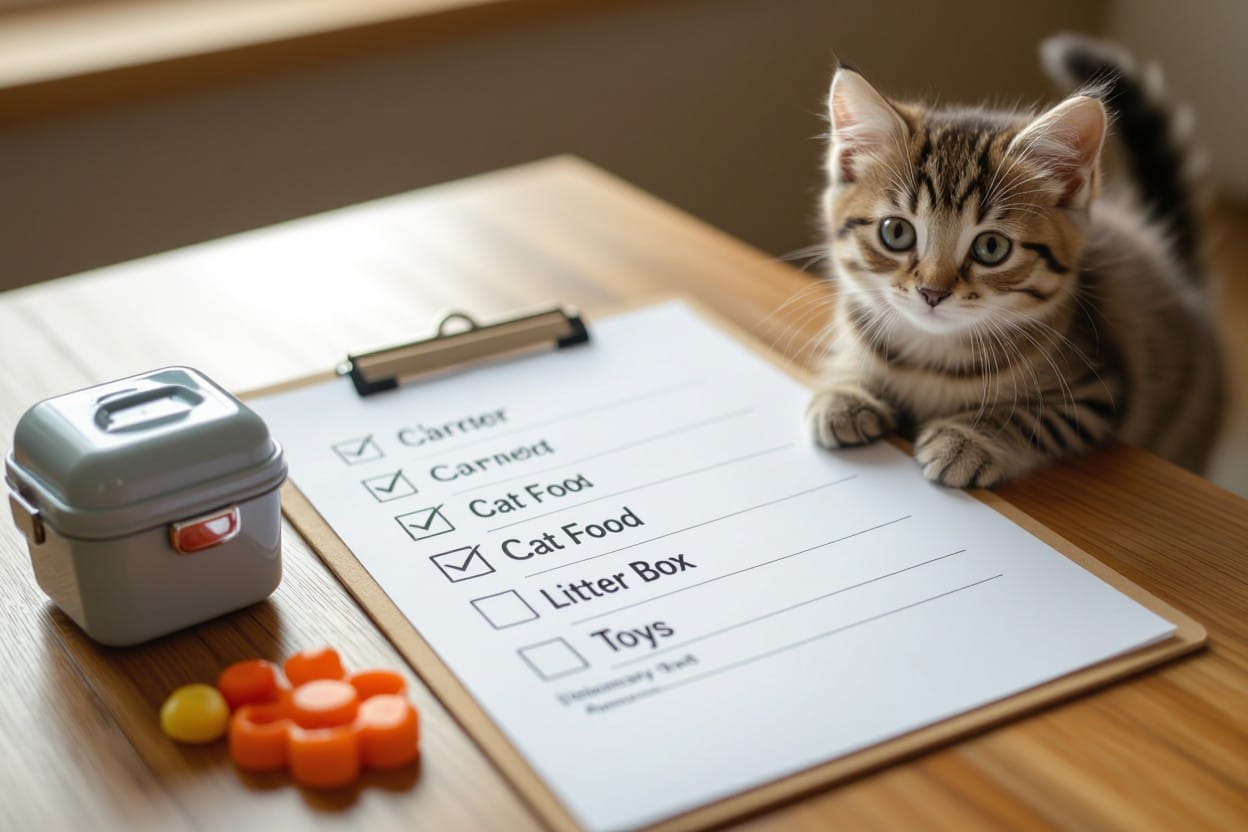Overwhelmed by the thought of bringing a new cat into your home when you already have existing feline residents? Properly introducing a new cat to your current feline family members is crucial for a peaceful and harmonious household. Follow these expert tips and steps to ensure a smooth transition and successful integration of your new furry family member, creating a happy and cohesive feline clan.
Cats can be territorial creatures, so introducing a new feline member to your existing cat family requires careful planning and consideration. Follow these expert tips to ensure a smooth transition and successful integration of your new furry friend into your household. From gradual introductions to creating safe spaces, this guide will help you navigate the process with confidence and set the stage for harmonious cat cohabitation.
There’s a delicate art to introducing a new cat to your existing feline family, but with the right approach, patience, and understanding, you can successfully integrate your new furry friend into the household. Ensuring a smooth transition for all cats involved is paramount to creating a harmonious and happy multi-cat home. In this guide, we will provide you with expert tips and strategies to help you navigate the introduction process with confidence and ease.

FAQ
Q: Why is it important to introduce a new cat to your existing feline family slowly?
A: It is important to introduce a new cat slowly to your existing feline family to prevent territorial issues and reduce stress among the cats. This gradual introduction allows the cats to become familiar with each other’s scents and presence, helping to build a positive relationship over time.
Q: What steps can I take to introduce a new cat to my existing cats?
A: When introducing a new cat to your existing feline family, start by keeping the new cat in a separate room with their own food, water, litter box, and hiding spots. Gradually swap bedding between the cats to help them get used to each other’s scents. Slowly allow them to see each other through a cracked door or a baby gate before progressing to supervised face-to-face interactions.
Q: How can I prevent conflicts between my existing cats and the new cat?
A: To prevent conflicts between your existing cats and the new cat, ensure that each cat has their own resources, such as food bowls, litter boxes, and resting areas. Provide plenty of vertical space and hiding spots for each cat to retreat to if they feel threatened. Look out for signs of aggression or stress, and separate the cats if necessary.
Q: How long does it typically take for cats to adjust to a new family member?
A: Every cat is different, so the time it takes for cats to adjust to a new family member can vary. Some cats may take a few days to adapt, while others may need several weeks or even months to feel comfortable around the new cat. Patience and a gradual introduction process are key to a successful integration.
Q: What should I do if the cats continue to show aggression towards each other after the introduction process?
A: If the cats continue to show aggression towards each other after the introduction process, it may be necessary to consult with a professional animal behaviorist for guidance. They can assess the situation and provide recommendations to help reduce tension and promote harmony between the cats in your feline family.


Preparing Your Home for a New Cat
Creating Separate Spaces
It is important to create separate spaces for your new cat and existing cats to prevent territorial conflicts. Set up a safe area for the new cat with all the importants such as litter box, food, water, and a cozy bed. This space should be away from other pets and noise to allow the new cat to acclimate comfortably.
Necessary Supplies for a New Cat
You will need basic supplies for your new cat, including a litter box, litter, food and water bowls, cat food, a scratching post, toys, and a cozy bed. These items are important for the well-being and comfort of your new feline companion.
Any additional supplies, such as grooming tools, cat carriers, and interactive toys, can also enhance the new cat’s environment and provide enrichment.
Managing Your Expectations
The introduction process may take time, and it’s crucial to be patient and understanding. Expect some hissing, growling, or avoidance behaviors from both your new cat and existing cats. This is normal as they establish their hierarchy and boundaries.
You can help manage your expectations by observing their body language and providing positive reinforcement through treats, praise, and playtime. Gradually increase interactions between the cats as they become more familiar and comfortable with each other.
Your new cat may need time to adjust to their new environment and may exhibit behaviors such as hiding or excessive vocalization. Be prepared to give them the space and time they need to settle in at their own pace.

















